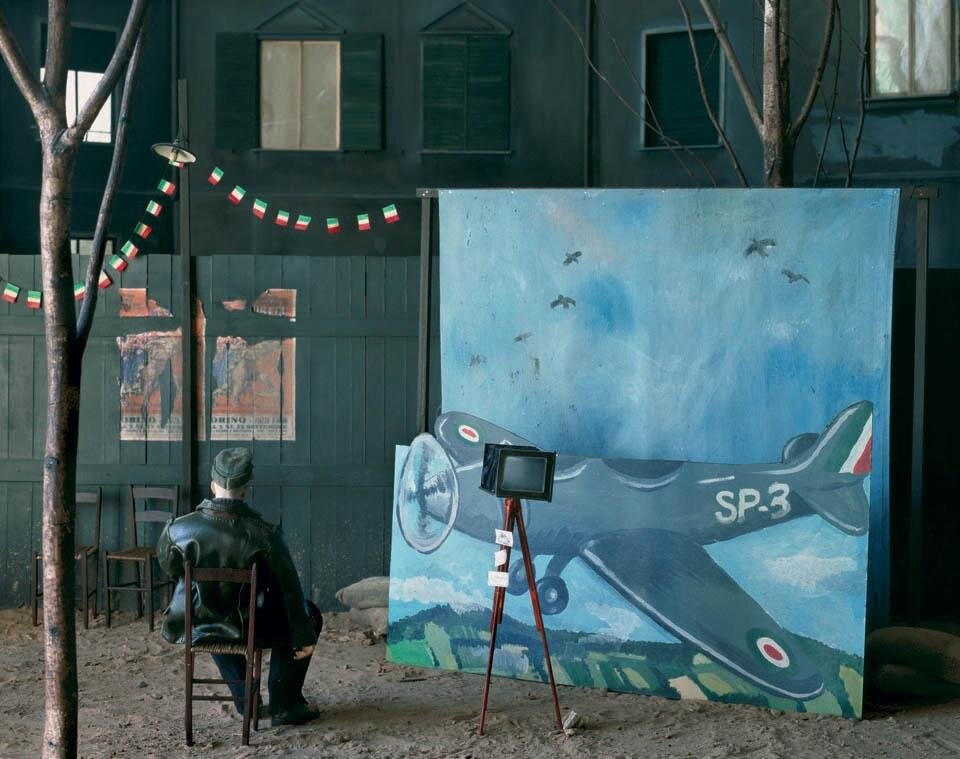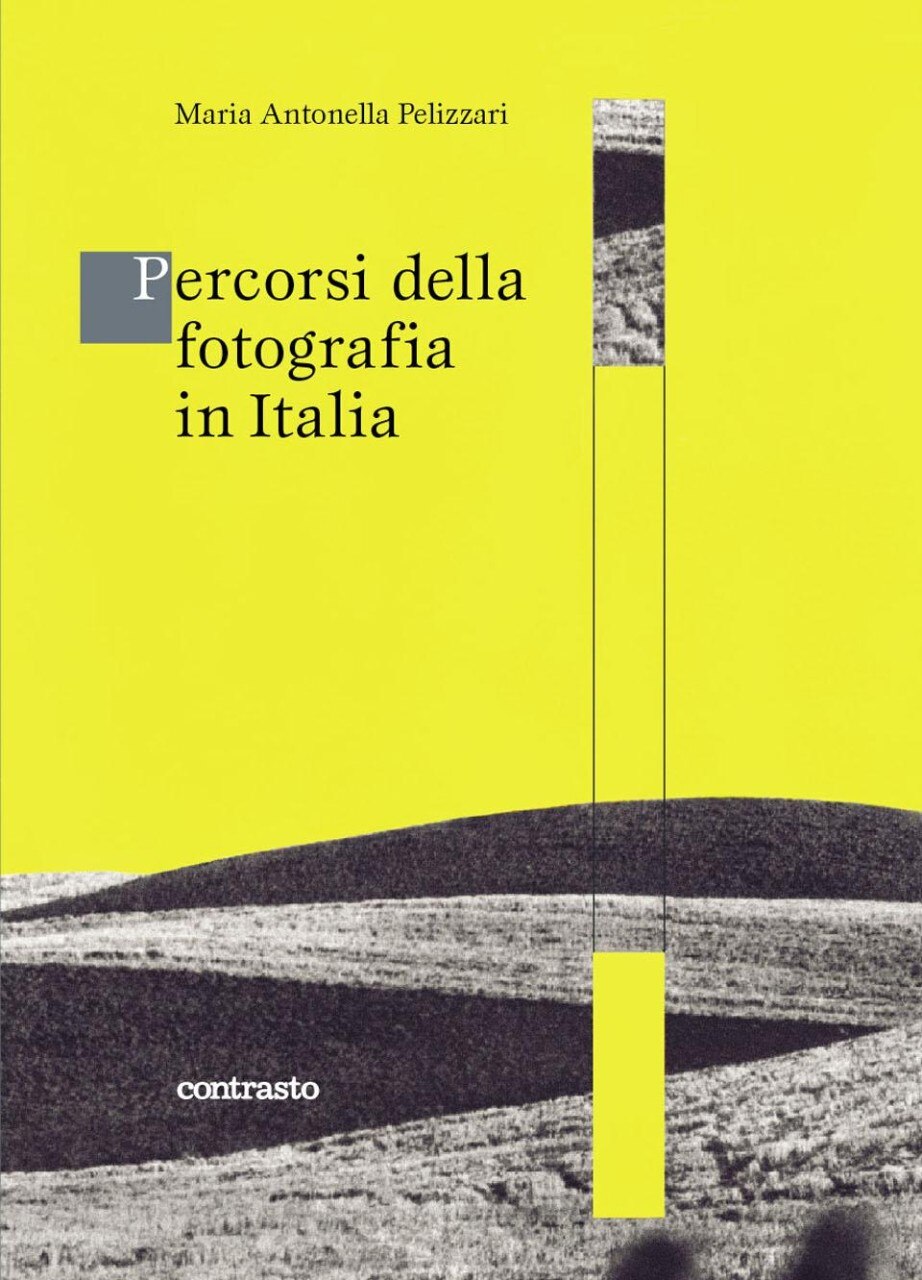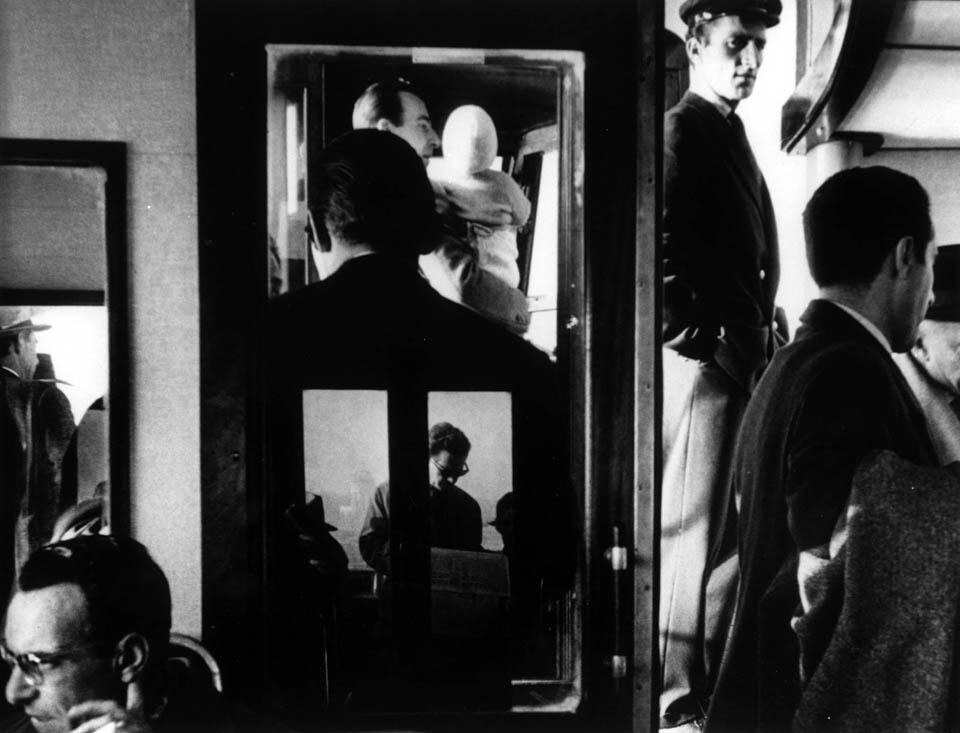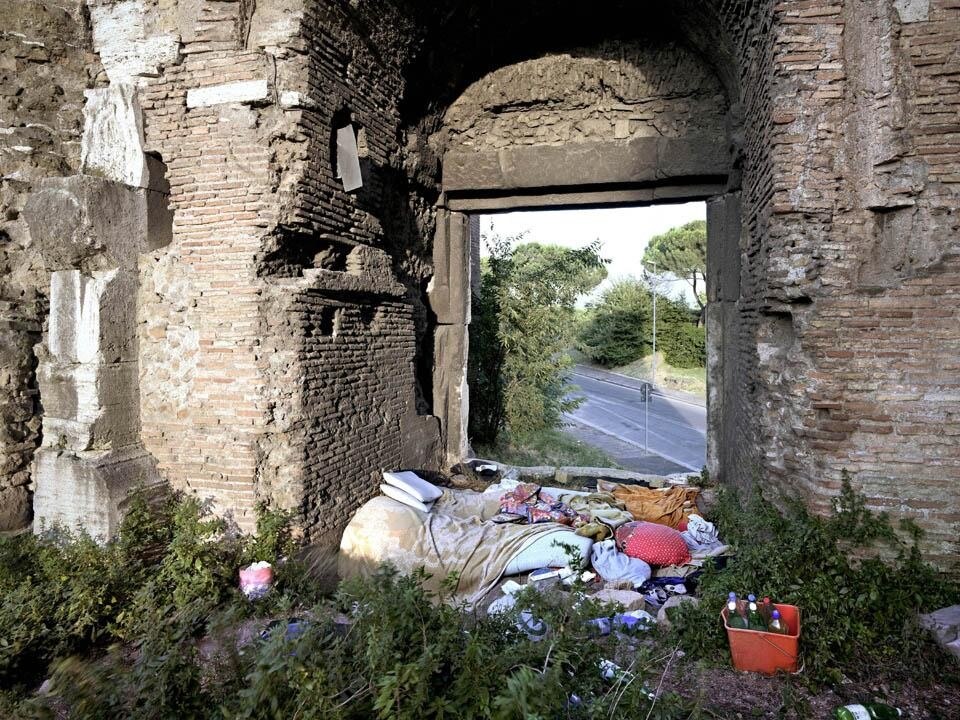Photography and Italy, Maria Antonella Pelizzari, Reaktion Books, London 2011 (pp. 187, UK 15.95, US $ 29.95)
With his corrosive taste for paradox, Lewis Baltz once suggested that the great fanfare that accompanied the 150th anniversary of photography in 1989 should rather be seen as the funeral service for a medium murdered and buried under its own ideology. "By 1990," he once wrote, "it seemed that the world had, in a sense, already ended. That is, it had withdrawn itself from our apprehension. After 1990, no one had time for documentary images, least of all myself…" [1].
Baltz's words come to mind while reading Photography and Italy, the first history of this kind written in 25 years. Published in midst of a debate over the medium's identity and during the celebrations for the 150th anniversary of the country's unification, Pelizzari's book is an invaluable scholarly work that promises to raise important issues at a more general level. Can we still construct cultural narratives based on the canonical notion of "photography" as representation, authorship, and technology? Is it still productive to talk about "Italy" in a perspective of increasing internationalization and deterritorialization? A factual answer to these questions comes down directly from the background of Photography and Italy. The book is the latest in a thematic series published by Reaktion Books on the relationship between photography and other domains, including the arts (literature, cinema), nations and continents (Australia, Egypt, Africa, USA), and branches of human thought or action (spiritualism, science, flight). After a half century of generalist histories – such as Beaumont Newhall's The History of Photography, first conceived at the end of the 1930s and still widely reprinted, Peter Pollack's The Picture History of Photography (1958), and Naomi Rosenblum's A World History of Photography (1984) – in the 1980s historians (particularly French) began to realize that no single voice could ever account for the growing quantity of issues and data unearthed in Europe and America over the previous decades. Michel Frizot's A New History of Photography (1998) is a case in point, with contributions from over 30 specialists offering multiple perspectives on the medium's social, cultural, and political underpinnings. In a more traditional fashion, the Encyclopedia of Nineteenth-Century Photography (2007), the Encyclopedia of Twentieth-Century Photography (2005), and The Oxford Companion to the Photograph (2007) have recently come to fill a gap in the basic toolbox of the photohistorian.


An associate professor in the Department of Art, Hunter College, and at the Graduate Center of the City University of New York, in the late 1980s she set out to investigate the photography of "bourgeois spaces" in 19th-century Italian cities. Since then she has published several essays and edited various collective works, including an issue on 19thcentury Italy of the journal History of Photography (1996), the volume Traces of India: Photography, Architecture, and the Politics of Representation (2003), and a special issue of Visual Resources on the "Intersection of Photography and Architecture" (with Paolo Scrivano, 2011).
What begins to take shape between the lines of this story is the map of an Italian modernity that is "alternative" to the great national and industrial states of the 19th century.

Thus, while Florence, Rome, and Milan soon emerged as the most dynamic centers of economic and intellectual advancement, the culture and the imagination of 20th-century photographers was equally influenced by peripherical cities like Senigallia, Palermo, and Modena, or regions such as Basilicata and Friuli-Venezia Giulia. And while the Alinari Brothers or Mario Giacomelli played a distinctive role in the construal of national images particularly influential for the international public, such figures as Frédéric Flachéron, Count Primoli, Elio Vittorini, Cesare Zavattini, and Luigi Ghirri (to name a few) crafted original visions out of their international experience and were often crucial in bridging photography and other practices of representation, namely painting, literature, and cinema.
Upon these premises, Photography and Italy subverts the "essentialist" perspective of groundbreaking studies published in the 1980s and '90s, such as Giulio Bollati's "Il modo di vedere italiano" (The Italian way of seeing) and Federico Zeri's "La percezione visiva dell'Italia e degli italiani" (The visual perception of Italy and of Italians). Extending her research to the context of photographic objects – including the spaces of intellectual exchange (debates, journals, associations) and the channels of "consumption" (studios, exhibitions, newspapers, books) – Pelizzari reevaluates certain characters of modernity that photographic practices embodied since their appearance in the Romantic Era: the rapid formation and circulation of visual models (albeit stereotyped or falsified), the internationalization of know-how, the cross-fertilization of artistic and professional activies, the fragmentation, reproduction, and dispersion of images.

Pelizzari's survey appears at a crucial moment in the debate over the role of photography in the past and in the future of Italian public culture. Despite the international trend toward the absorption of photography into the realm of "optical-based media" and of art in general, in Italy a modernistic notion of the medium as a distinct practice of representation has reaffirmed itself over the past twenty years, not so much on theoretical grounds as through a flurry of photographic magazines, festivals, galleries, fairs, and specialized publishers. Sporadic attempts at rejuvenation have come from the Museum of Contemporary Photography of Cinisello Balsamo (near Milan), which was launched few years ago with an international conference addressing the question: "Is Photography Contemporary?" Meanwhile, plans for a new "photography museum" connected to the Museum of Contemporary Art (MACRO) have been announced in Rome. The issue remains whether a museum (or any other cultural space) of the 21st century conceived around the word "photography" – independently from the quality and originality of its exhibits – is bound to become an antiquarian shop, a potentially endless archive of modernity, or an active place of information and confrontation for both the artists and the public.
While Photography and Italy is not meant as a blueprint for museum directors and curators, it does provide useful information, as well as food for thought, on the ways similar issues have been addressed in the past. Perhaps more simply, but equally important, it reminds us that good historians, like good photographers, curators, critics, and citizens, are those with an ability to renew our understanding of what we see, or don't see. In her own words, even "in a world that has been fully mapped and represented," the struggle should continue "to find a new language, overcoming the redundancy of what has been represented and narrated, and challenging a codified knowledge of what has been imagined." (p. 169)
NOTES
[1] Lewis Baltz. Opere/Progetti, exhibition folder, Civici Musei in Reggio Emilia, curated by Roberto Margini, 30 November 1991-5 January 1992.


